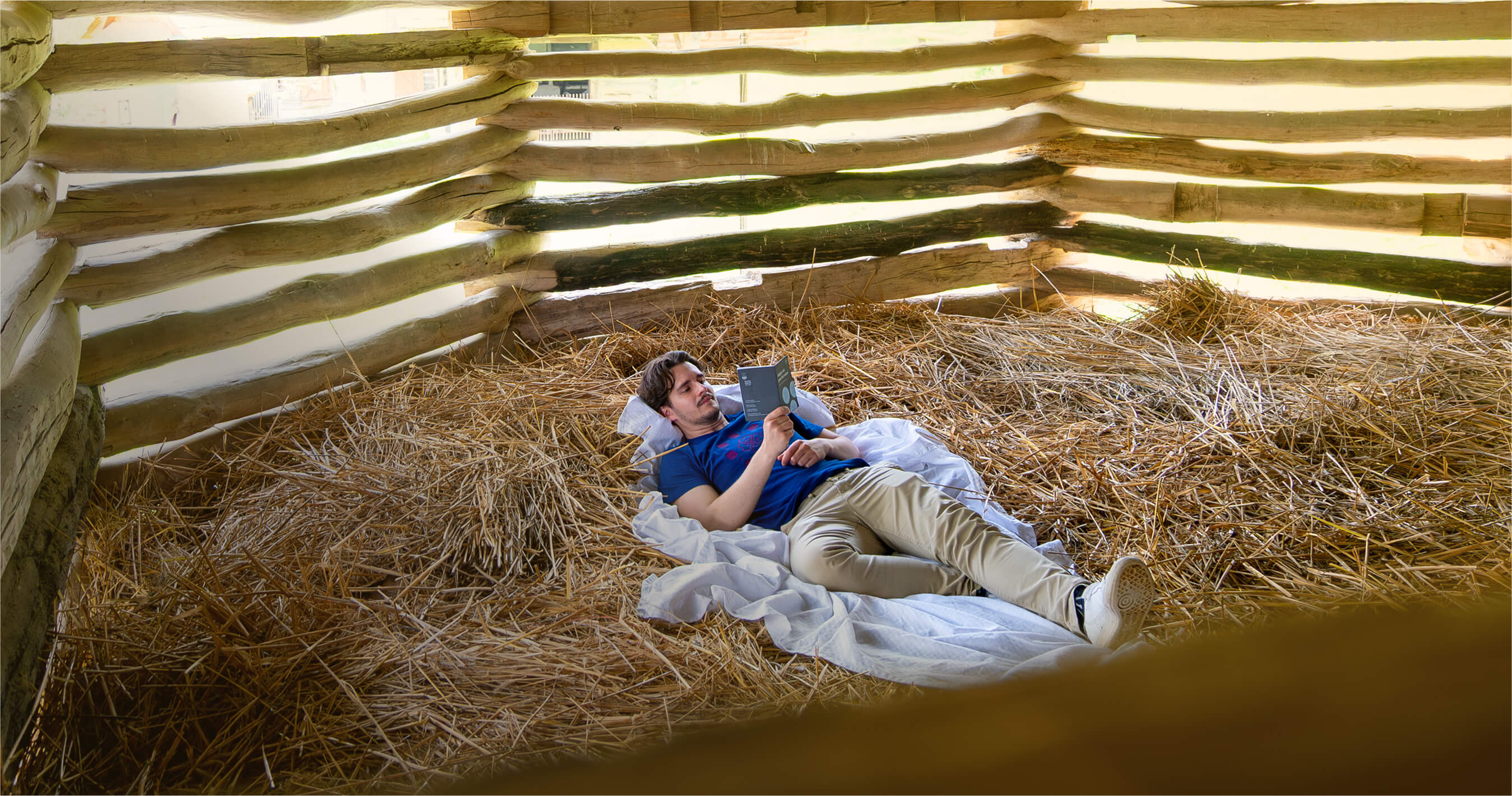
The folk architecture exhibition at Šariš Museum lacked relevance for today’s visitors. We co-designed for a new experience where visitors learn through relaxation. They can begin by reading a story while lying on hay and then experience the narrative through mindfulness sensory activities across the buildings. This was my MA thesis project and it will be implemented in 2026.
Jan 2024 – Jun 2025 (1,5 years)
Šariš museum (Bardejov, SK)
Master thesis (at EKA)
Lead designer and researcher, project manager, workshop facilitating, customer interviews,
field observations, persona development, prototyping, concept validation experiment, writing, illustrating, ...
Watch me defend this MA thesis
While observing the visitors and talking to them I learned that many older ones are coming to the museum to remember their childhood- out of NOSTALGIA.
Young visitors have no memories of the wooden houses and this might explain why their visit numbers are low. To attract them, we need to come up with a new value proposition.
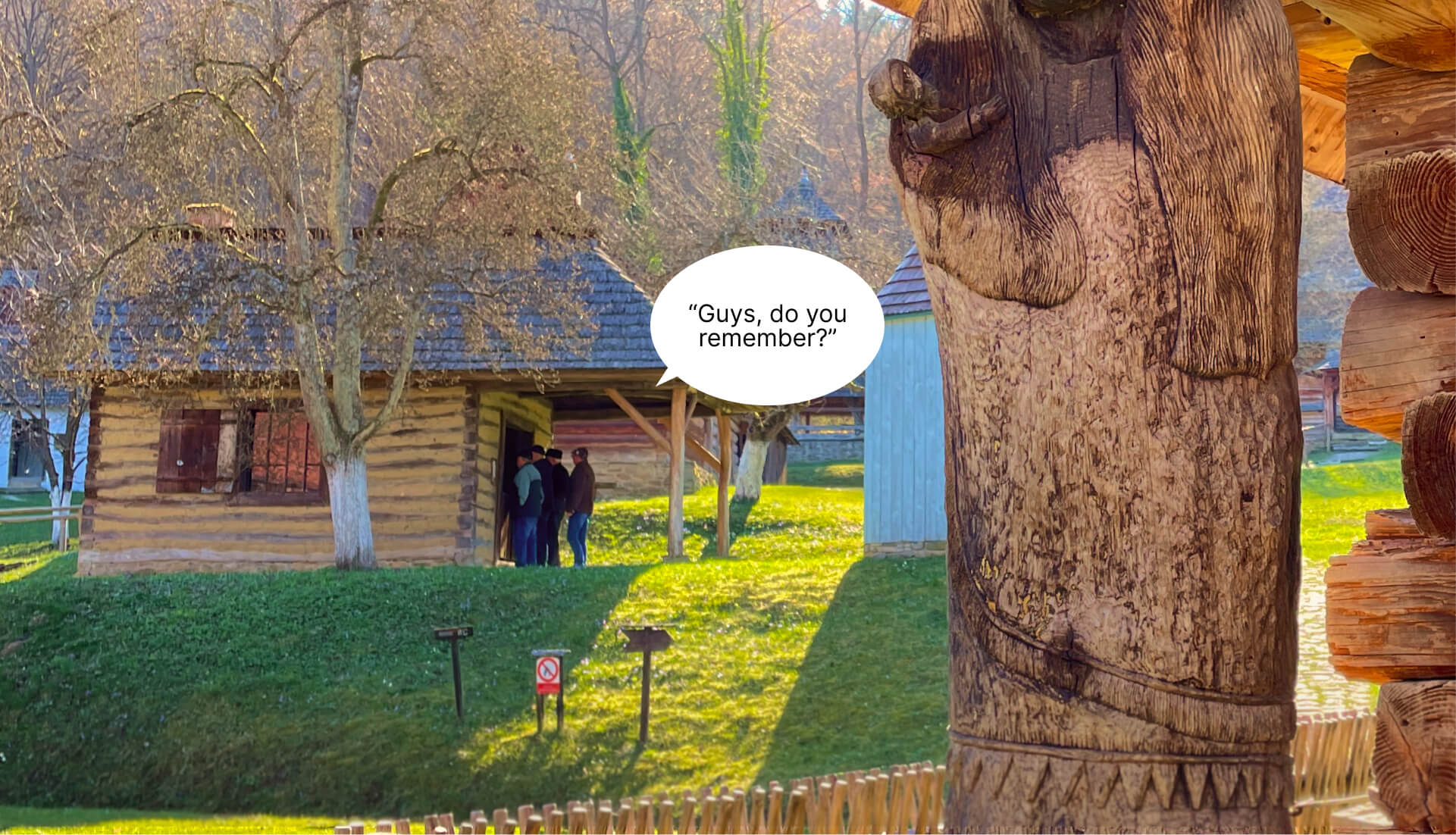
Field observations: old visitors often experienced nostalgia, which was not happening for young people
After interviewing young people who love and hate open-air museums, I gathered ideas for five possible new value proposition strategies. In a survey, museum visitors chose that museum should focus on relaxation.
Based on the physical location and protopersona's needs, relaxation also made the most sense. (Museum is located in spa part of the city, where people come to relax. Our protopersona is a busy young family coming to the museum during the weekend.)

By throwing a walnut in a jar, visitors could vote for ideas representing possible new museum strategies
Existing studies on rest list the most relaxing activities. I chose the ones that could be applied to the museum context and created ideas incorporating them.
I prototyped these ideas and showed them to visitors from our target group- 6 young families. Based on their feedback we combined two ideas into one and iterated it.
NOTE: Mindfulness is about focusing on the present moment through your senses.

Prototypes of ideas incorporating reading (left) and mindfulness (right)
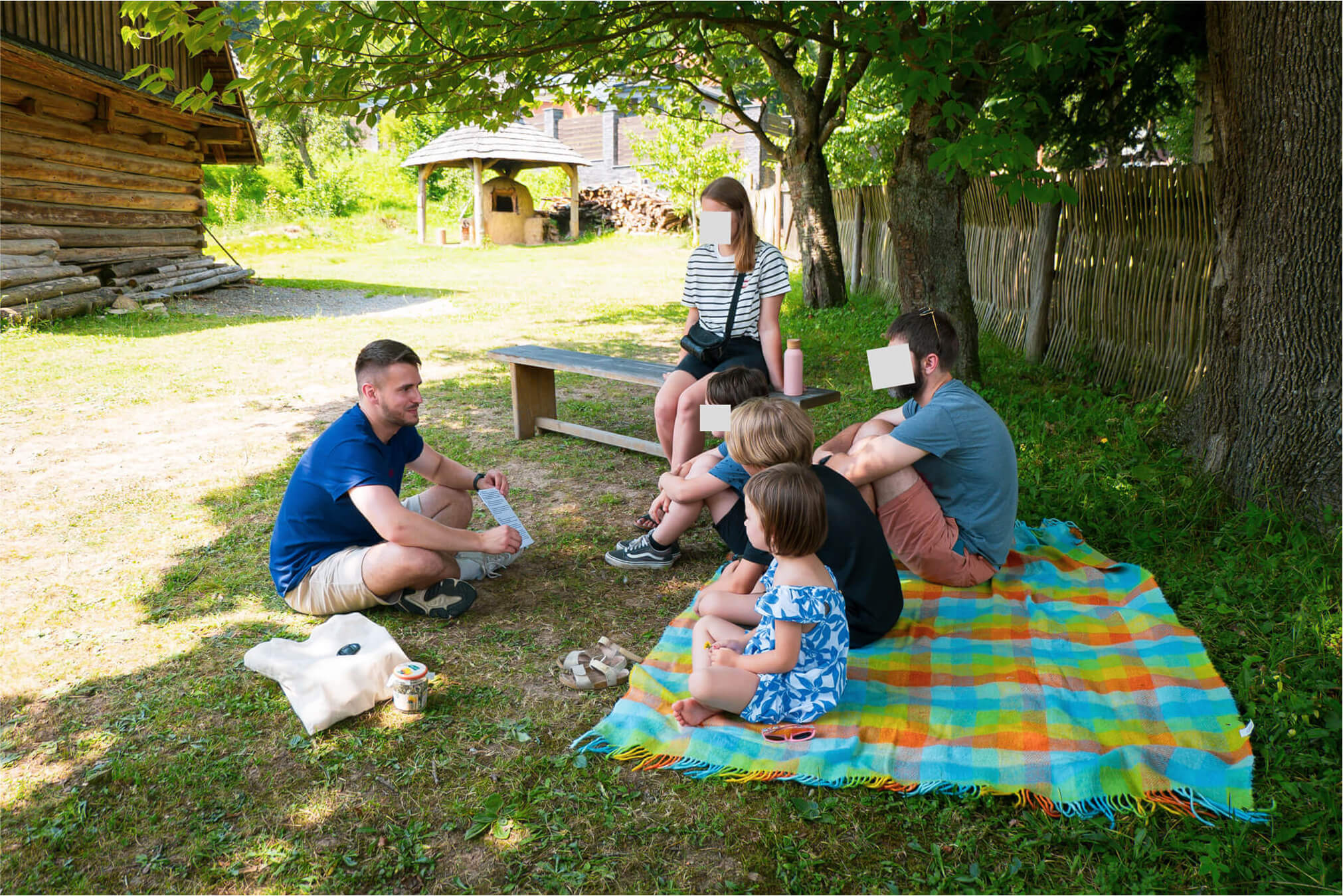
In a validation experiment we talked about and tried prototypes of different ideas with our target group
Some feedback from the families:
(son, 8yo)
(mother, 38yo)
(daughter, 9yo)
Here is a sneak peak of the new experience
I lead a series of workshops, where, together with the museum employees, we defined the topic of the story, mapped the museum objects and brainstormed mindfulness activities.
The story is based on local history, where half of the population emigrated to the USA around the year 1900 but it was forbidden to talk about it during communism.
In this story we focus on the fight between the traditional village and Jano who brought modern practices from the USA. Through this, we want to support depolarisation in society and intergenerational understanding between the family members of our persona.
Have a look at the booklet guide with the story:
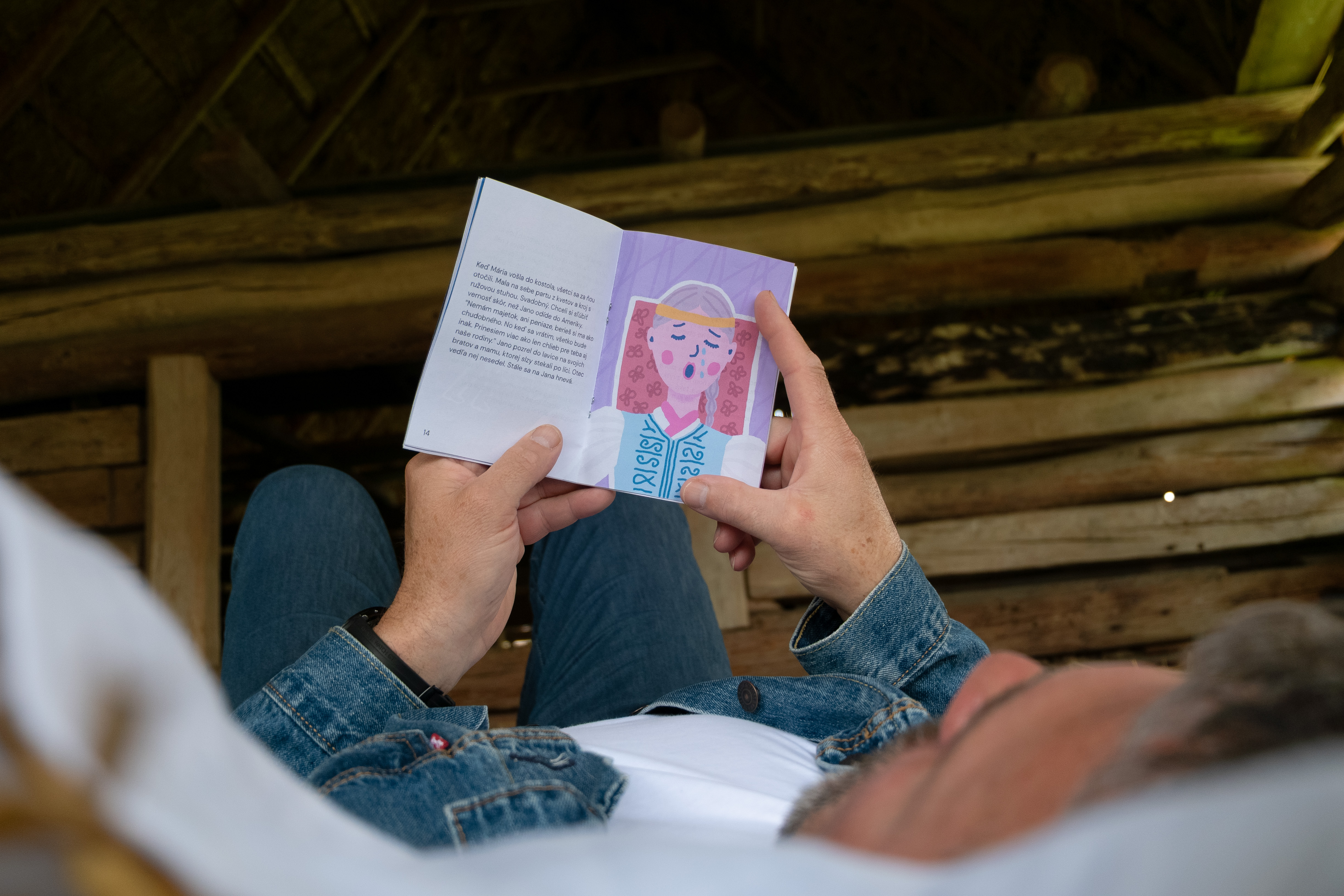
Visitors can lay down and read a story which contrasts with conventional museums,
where reading academic descriptions happens while standing

Mindfulness sensory activities help visitors relax and experience the story on their skin

The journey of the new visitor experience

Map of the sensory mindfulness activities
As I am not an expert in museums nor history, I collaborated heavily with the museum employees. Through reflexivity built by research findings and the process we went through together, I opened their minds to visitor centric museum experiences.
I consider this a big success as there has been no innovation in the museum since 60 years, and the old exhibition was focused on objects and academic texts. In a retrospective, they mentioned they value this new thinking even more than the concept itself.
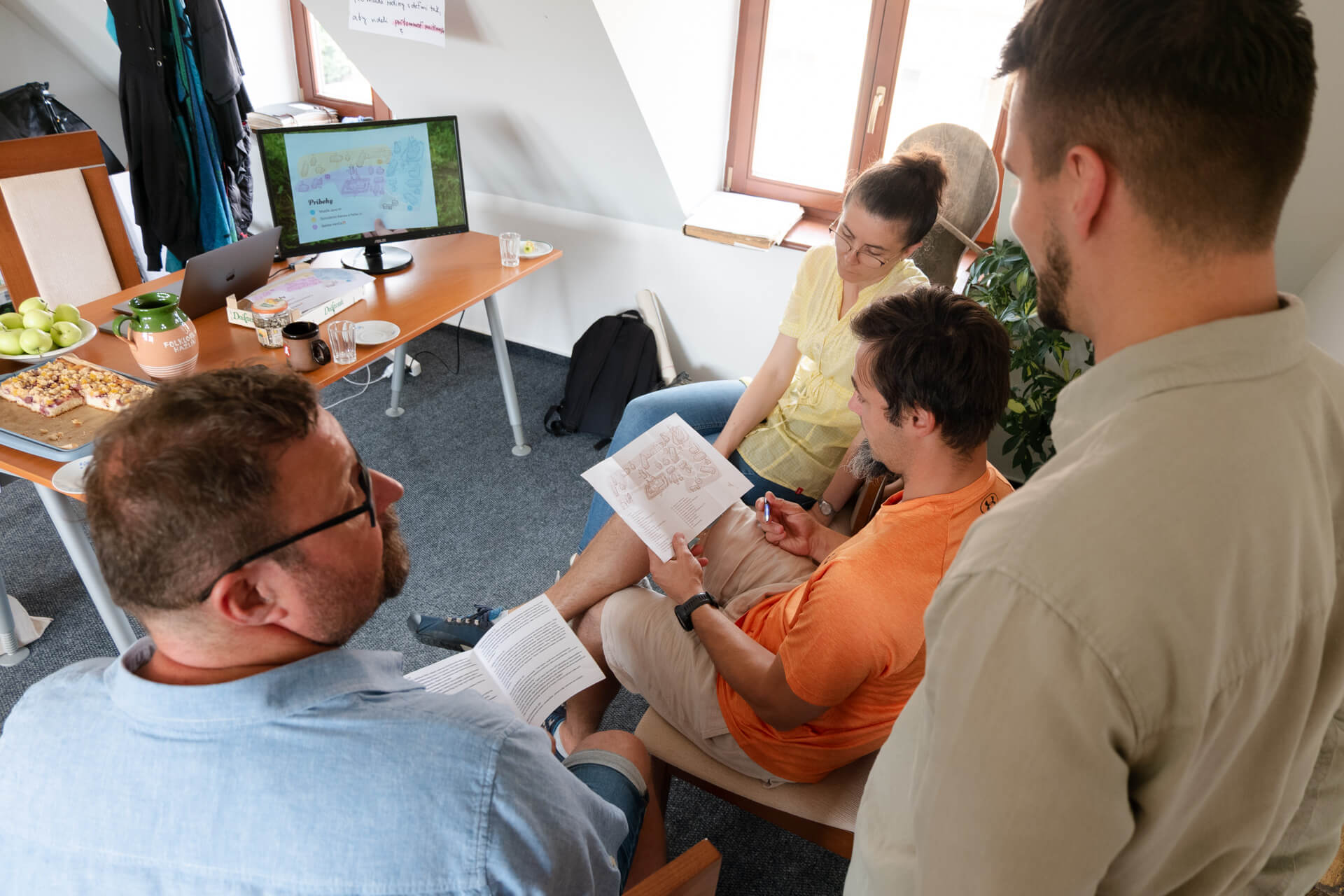
Workshop for mapping the museum objects with the employees
The final step of the project is usability testing that will happen in autumn 2025. Museum decided to install a pilot version of the experience in summer 2026.